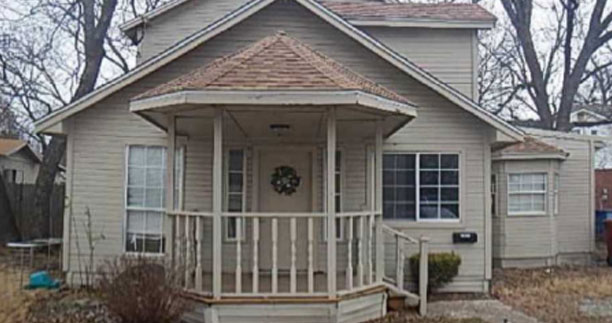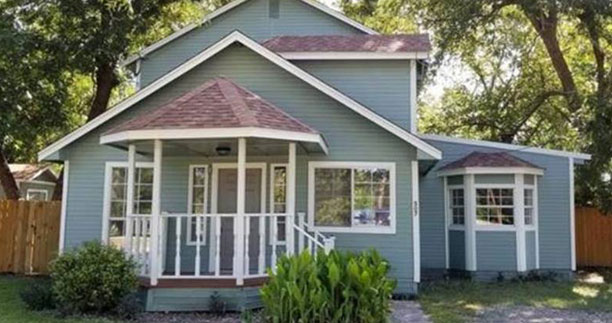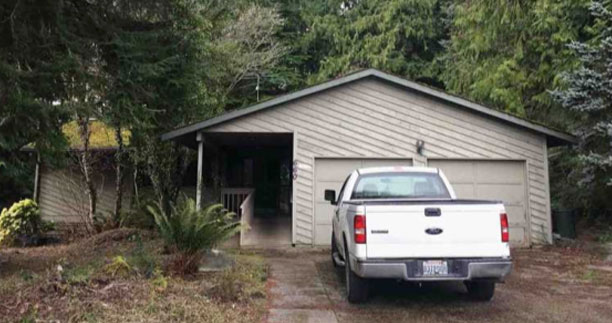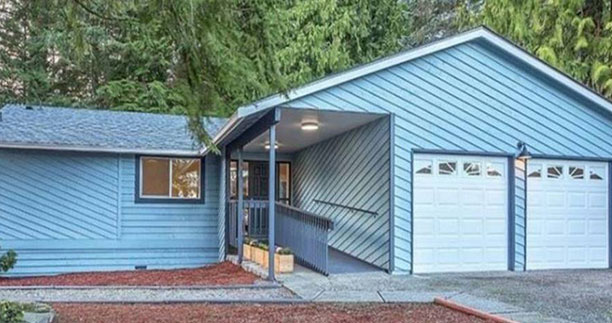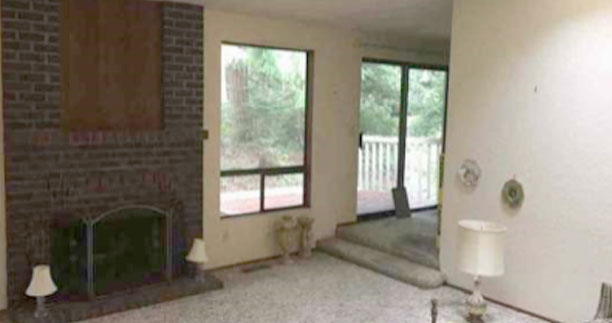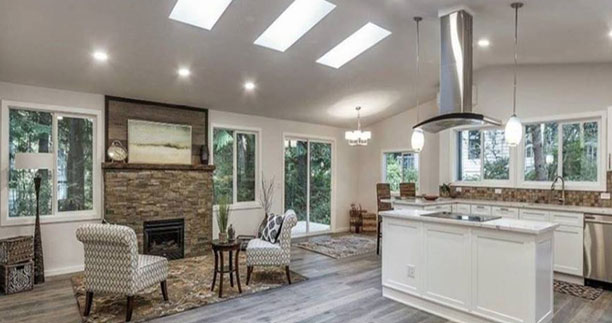Kitchen Existing Hardware Update For Fix and Flip Property
Does The Kitchen Cabinet Need A Hardware Update For Rehab OnFix and Flip Property
Refreshing or repurposing existing kitchen hardware in a fix and flip property is a budget-friendly approach that can give dated cabinets a fresh look. Here’s a detailed guide on updating existing kitchen hardware:
- Assessment and Cleaning:
- Check the Condition: Inspect each piece of hardware. Look for damage, excessive wear, or any broken parts.
- Deep Cleaning: Years of grime, grease, and dust can dull the appearance of hardware. Remove each piece and soak it in a mixture of warm water and mild dish soap. Use a soft brush to scrub away stubborn dirt. For metal hardware, consider using a metal cleaner or polish.
- Refinishing Options:
- Painting: If the hardware is in good shape but needs a color update, consider spray painting. Use a primer appropriate for the material, followed by a metal-friendly spray paint. Popular finishes include matte black, brushed nickel, and oil-rubbed bronze. Ensure pieces are hung or set on a surface where all sides can be sprayed evenly. Always paint in a well-ventilated area.
- Polishing: For solid brass or copper hardware, polishing can bring back the original shine. Use appropriate metal polish and a soft cloth.
- Distressing: For a vintage or rustic look, consider distressing painted hardware. This involves lightly sanding edges to reveal underlying layers or metal.
- Repurposing:
- Mix and Match: If some pieces are damaged beyond repair, consider a mixed hardware approach. This could mean using different knobs and pulls but in a cohesive style or finish.
- New Use: Consider repurposing handles into towel or pot holders. This can create a cohesive design element throughout the kitchen.
- Adjustments and Repairs:
- Tightening: Over time, screws can loosen. As you’re reinstalling, ensure each piece is securely attached.
- Replacement Parts: If certain parts are damaged, like screws or the spring mechanism in latches, you might find replacement parts rather than replacing the entire piece of hardware.
- Alignment: Ensure cabinet doors and drawers open smoothly. Adjust hinges if needed.
- Installation:
- Use a Template: If you had to fill old holes and drill new ones, a template will ensure consistent placement across all cabinets.
- Protect the Finish: When reinstalling painted or polished hardware, be gentle to avoid chips or scratches.
- Staging and Presentation:
- Highlight the Revamped Hardware: Ensure potential buyers notice the refreshed hardware, emphasizing the effort to maintain the home’s character while updating its appearance.
- Detailing: Consider adding shelf liners or organizing cabinet interiors. When buyers open cabinets to inspect them, a clean, fresh interior can leave a positive impression.
- Marketing:
- Before and After Photos: Showcase the transformation in listing photos. This can demonstrate the care and attention to detail given to the property’s renovation.
- Mention in the Listing: While it may seem minor, indicating that the kitchen hardware has been refreshed can appeal to buyers who appreciate both modern touches and character preservation.
Updating existing kitchen hardware is not only budget-friendly but also eco-friendly, as it reduces waste. For a fix and flip property, it’s a sustainable way to enhance the kitchen’s appearance while preserving some of the home’s original charm. It also communicates to potential buyers that the renovator values both sustainability and character.

